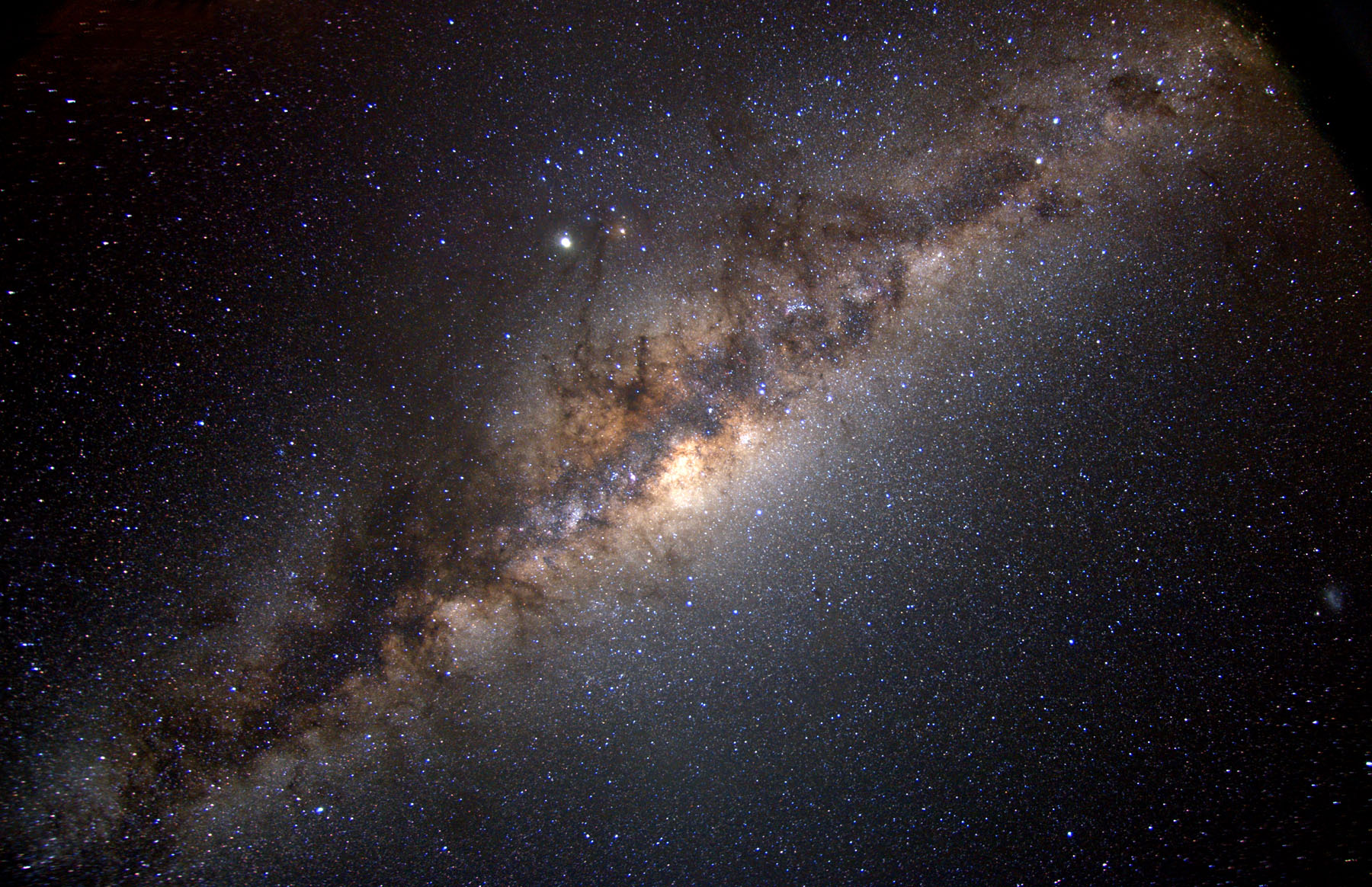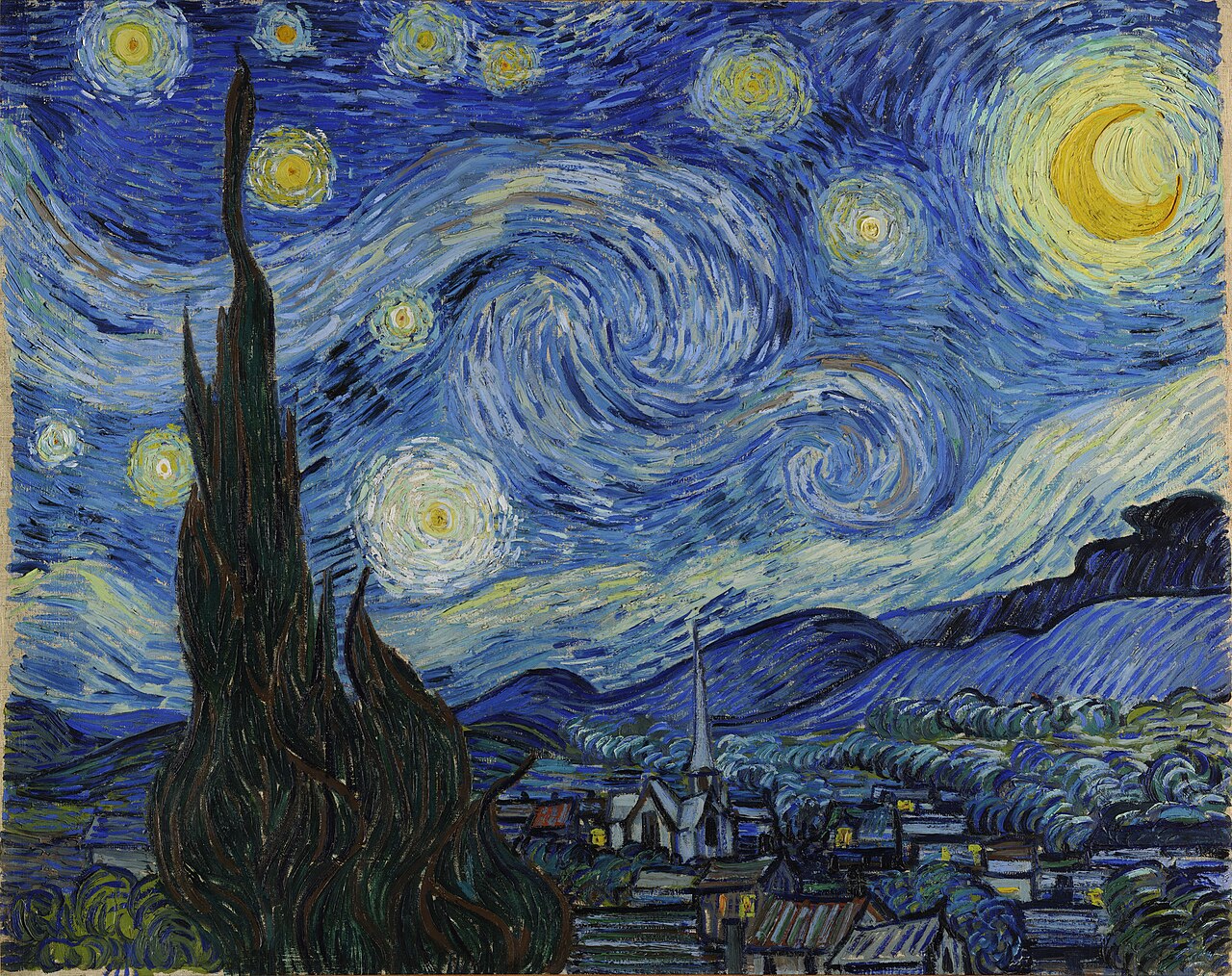I am in love with the stars.
Image of a globular star cluster taken by NASA's Hubble Space Telescope
As far back as I can remember, I've always felt most at home when looking up at a nighttime sky full of stars. In the summer, I love standing outside until it gets dark, watching the fireflies (which I tend to call "little earth stars"), and waiting for the stars to come out. In the winter, I love bundling up, finding a hot drink, and standing outside in the snow while I look at the stars for awhile. For the past several years, whenever I get into an argument with my parents in the evening (which is, thankfully, quite a rare occurrence), I'll walk about a half of a block from our house to an empty, grassy lot from which I can happily, quietly watch the stars.
...Well, the lot is great for watching the stars, but only if you sit in a specific spot in the grass so that the giant floodlight from the nearby town co-op is mostly blocked by the branches of a tree.
And therein lies the problem.
Even within my tiny town of about 1100 people, most of the stars are blocked from view. While a quick ten-minute drive into the countryside can fix that (on a clear night, you can vividly see the Milky Way even just a few miles outside of town), it just goes to prove how light pollution really is an issue that effects every one of us. In larger cities like Sioux City, even fewer of the stars are visible. My own Morningside College used to be home to one of the largest telescopic observatories in Iowa, but the site where the observatory used to be is now just a greenspace, and has been since long before I got here. The issue that forced the observatory's closure and eventual demolition? Light pollution, of course. You can't use a telescope to look at the stars if even the telescope can no longer see them.
But despite all of this, light pollution is an issue that tends to be paid very little attention. Of course, that's understandable. The fact that 80 percent of North Americans can't see the Milky Way from where they live (see here for the science behind that claim) pales in comparison to some of the scarier issues plaguing our world. Even so, as I mentioned in my first post, when we lose touch with nature, we lose touch with part of our own human nature (and one of the better parts, at that). Besides that, light pollution can be quite harmful to both human and animal health as well (see here, here, here, and here for some studies showing the truth behind those claims too).
Photo of the Milky Way Galaxy taken by NASA
So why does there seem to be such little concern about light pollution? Well, first of all, like I said above, there are much bigger and more pressing things to be afraid of. Secondly, there's really not a super easy fix (though sky-friendly lighting does exist). A lot of our society is run through activities that happen at night, whether hospital, utility, or emergency-response work--and all of those occupations require adequate light to take place. Simply switching off the lights clearly isn't a solution.
But... what if it was, even if only for one night?
Something I've always dreamed of is the idea that the world (or the nation, or the state, or even just the county) might one day agree to an annual holiday where every single light that can possibly be safely doused (streetlights, house lights, headlights, phone lights, etc.) is switched off for the hours from dusk until about midnight. Can you imagine what that would look like, entire cities, maybe even entire countries going dark for a few hours? What it would look like to the astronauts in Earth's orbit on the ISS, who'd be able to look down at the dark side of the earth and have it actually be dark? To some, this very idea might seem frightening, but to me, it sounds incredible. No matter where you were, the universe around you would be crystal clear to see. Billions of stars would scatter the skies, the Milky Way would steal center stage, and even tiny little shooting stars would be so much more visible than on any other night.
It often seems like I'm not the only person who dreams of such a night. French photographer Thierry Cohen, for example, loves taking scenes of major cities' skylines and clear photos of starry skies from about the same latitude, and superimposing the two on top of each other. The results, as you can probably imagine, are truly breathtaking:
San Francisco skyline as it would look without light pollution, by Thierry Cohen
Maybe the concept of an annual holiday dedicated to the stars is a silly idea, and/or maybe I need to just plan on relocating to somewhere like Wyoming, where the skies are still often in clear view. But to me, losing the stars feels more like losing a giant, beautiful, diverse group of friends, and I don't want anyone else to have to lose them, either, whether now or in the future.
So much beautiful art has been inspired by the stars, as well, but rather than chattering your ear off about it, I'll just share a couple of my favorite examples with you, one a painting, and the other, one of my favorite animated shorts I've discovered during my years of traversing the interwebs:
Vincent Van Gogh's "Starry Night"
"Borrowed Light," an animated short film by Olivia Huynh
Like I said, maybe my dream of a night without artificial light is silly. Maybe the stars aren't all that important after all, at least not when compared with the many more-pressing issues out there. But to me, at least, the stars are my friends, and I'll always love spending an evening watching them from my tiny space on Earth below.
This week's challenge is to consciously take some time and look at the stars this week, even if only for just a couple of minutes. Dream big, fellow observers, and I'll see you next Friday.




No comments:
Post a Comment